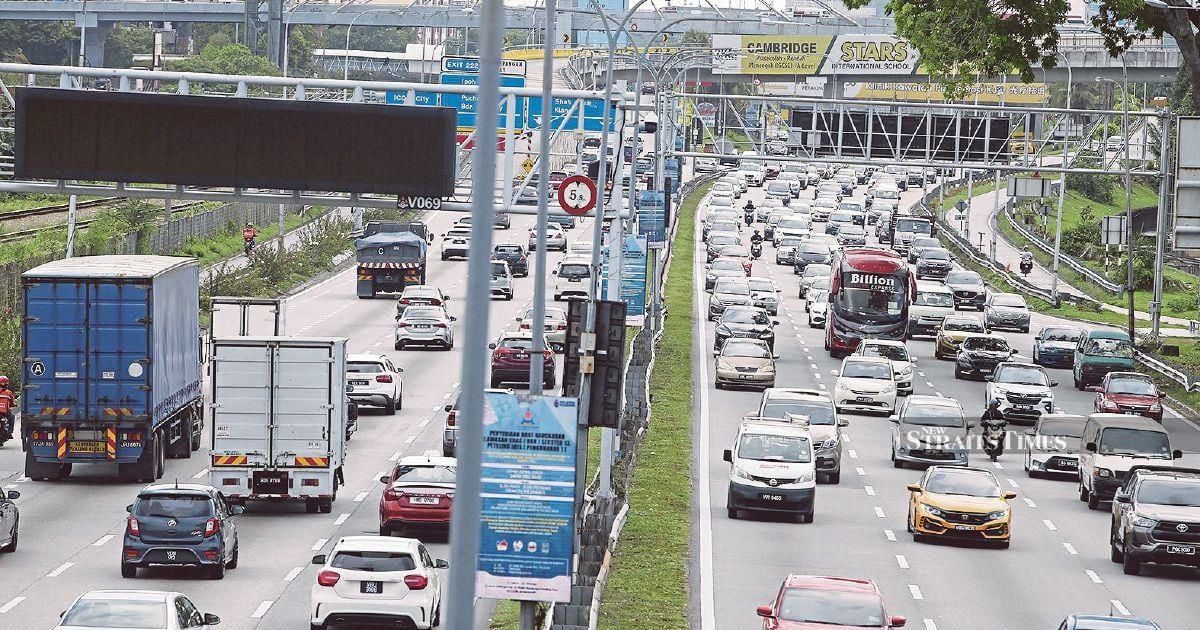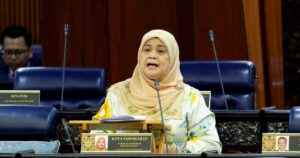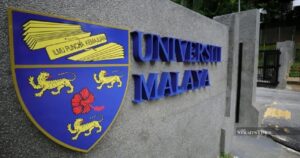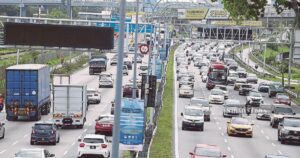There are 4.4 million vehicles that are more than 20 years old and the government has a scrappage plan — RM4,000 — to entice owners to replace them with newer cars.
A few are even calling for such end-of-life scrappage schemes to be made mandatory. Sure, some of the clunkers are rustbuckets and may come with road worthiness issues. But to implement a blanket policy is to ignore the rural-urban divide of Malaysia’s transport landscape, says transport expert Dr Rosli Khan.
Policymakers who recognise this dual reality will know what works for the Klang Valley or Penang might not work for the wider countryside, especially in Sabah and Sarawak and the interior regions of the peninsula. Rosli points out that in rural areas, such as in land development schemes, private vehicles are not luxuries but lifelines.
There, the vehicles connect families to schools, clinics, wet markets and administrative centres that may be 10-20km away. And public transport barely exists. In places where they do, they are infrequent and unreliable. In some places, Rosli points out, buses, if they operate there at all, run sporadically and are discontinued when the routes make no commercial sense.
Such areas are of low population density, meaning routes are long but serve few passengers, making them financially unsustainable for bus operators, especially the small ones. Rural bus operators also struggle to recruit and retain licensed drivers, further reducing service reliability. For the authorities, maintaining rural roads, especially in hilly and forested areas, is a huge financial burden, a reason why they are often neglected after a few years of construction.
Bus operators, too, see such neglected roads adding to the maintenance costs of their buses. To Rosli, these factors make it impossible to expect rural households to depend on public transport as city dwellers do.
So what is the way out for policymakers? Rosli suggests a tiered, regional policy approach. By this, he means that the RM4,000 scappage plan or any other blanket ones not be applied nationwide.
Instead, this should be replaced by a tiered mobility policy that differentiates between urban, suburban and rural needs. For example, in urban centres the Transport Ministry can focus on reducing car dependency by improving rail, buses and last-mile systems.
The scrappage plan in such urban centres can be made to work by linking it to transit passes or e-mobility options, he suggests. For suburban areas, the authorities can strengthen inter-town bus networks while supporting community-based cooperative schemes.
For rural and remote areas, the expert suggests a vehicle renewable scheme — as opposed to a scrappage plan — by providing incentives such as tax breaks or other financial assistance for safer replacement vehicles rather than forcing them off the roads.
To Rosli, the bottom line is this: Malaysia’s unique transport landscape’s challenges cannot be solved by policies designed in Putrajaya.
Rural Malaysia will continue to rely on private vehicles for the foreseeable future until the states can provide reliable, affordable and locally managed transport options.
© New Straits Times Press (M) Bhd






